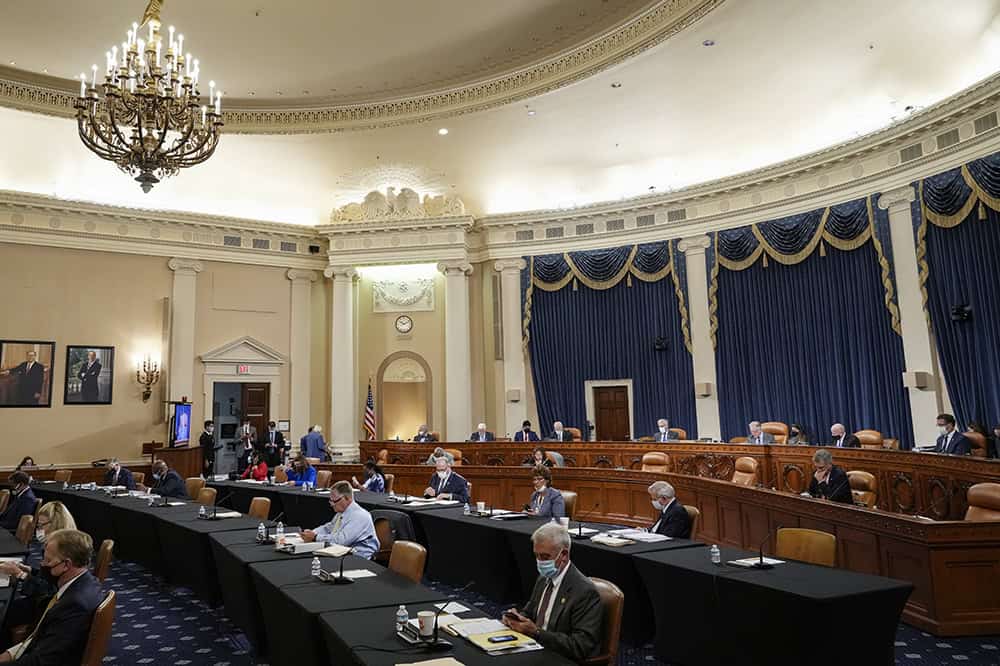What Types of Securities Does the Treasury Issue?
Let’s take a closer look at a few key characteristics of Treasury borrowing that can affect its budgetary cost.
Read MoreInfographic: U.S. Healthcare Spending
Improving our healthcare system to deliver better quality care at lower cost is critically important to our nation’s long-term economic and fiscal well-being.
Read MoreHow Much Does the Government Spend on International Affairs?
Federal spending for international affairs, which supports American diplomacy and development aid, is a small portion of the U.S. budget.
Read MoreWhat Is SNAP? An Overview of the Largest Federal Anti-Hunger Program
SNAP has a positive effect on poverty and food insecurity, with a relatively small effect on the federal budget.
Read MoreShould We Eliminate the Social Security Tax Cap?
There have been a number of proposals to increase, eliminate, or otherwise adjust the payroll tax cap as a way to shore up Social Security’s finances.
Read MoreThe Federal Government Has Borrowed Trillions. Who Owns All that Debt?
Most federal debt is owed to domestic holders, but foreign ownership is much higher now than it was about 50 years ago.
Read MoreHow Does the U.S. Healthcare System Compare to Other Countries?
Despite higher healthcare spending, America’s health outcomes are not any better than those in other developed countries.
Read MoreInfographic: The Facts About U.S. Defense Spending
National security is both a vital priority and a significant part of the federal budget.
Read MoreWhat Is Budget Reconciliation?
The reconciliation process avoids the potential need to gather 60 votes to end debate and, therefore, allows the Senate to adopt legislation with a simple majority.
Read MoreSpending on Veterans in the Budget
This piece examines spending on veterans within the budget and outlines the factors that have pushed it higher in recent years.
Read More








